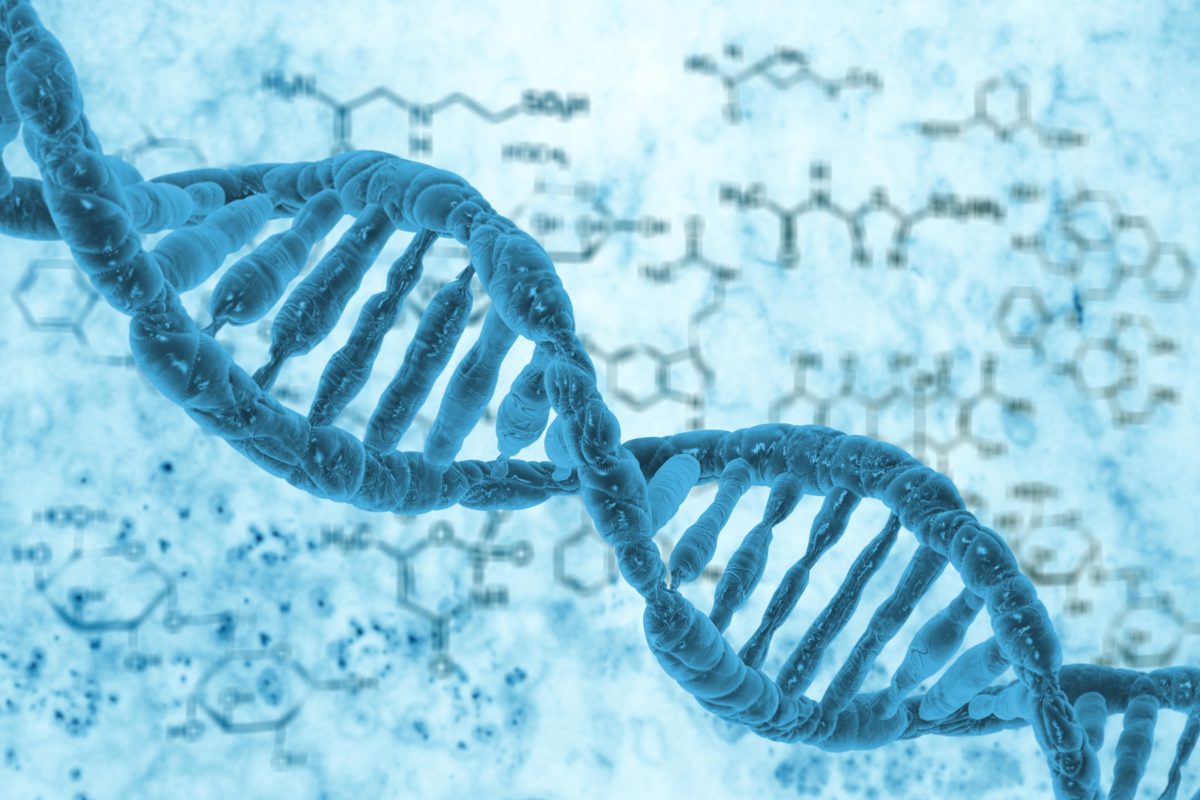Spina bifida is part of a group of birth defects called neural tube defects. It is an embryonic structure that eventually develops into the baby’s brain, spinal cord, and surrounding tissues. The neural tube normally develops early in the pregnancy and closes by the 28th day after conception. In babies with spina bifida, a portion of the neural tube fails to develop or close properly, causing defects in the spinal cord and in the bones of the spine.
Spina bifida, which literally means ‘cleft spine’, is characterized by the incomplete development of the brain, spinal cord, and/or meninges (the protective covering around the brain and spinal cord)1, 2. Rates of the different types of spina bifida vary significantly from country to country with 0.1 to 5 per 1000 births. On average in developed countries, it occurs in about 0.4 per 1000 births. In the United States, it affected about 0.7 per 1000 births and in India about 1.9 per 1000 births3,4.
Spina bifida most often occurs in three forms, categorized by severity of occurrence2. They are:
Type one: Myelomeningocele
Myelomeningocele is the most serious and more common of the two forms of cystic spina bifida. In this condition, the cyst not only contains tissue and cerebrospinal fluid but also nerves and a part of the spinal cord. The spinal cord is damaged or not properly developed. As a result, there is always some paralysis and loss of sensation below the damaged region. The amount of disability is highly dependent on where the spina bifida is, and the amount of affected nerve tissue involved. Bladder and bowel problems occur in most people with myelomeningocele, as the nerves come from the bottom of the spinal cord, so are always below the lesion.
Type two: Meningocele
In this form, the sac contains meninges (tissues which cover the brain and spinal cord) and cerebrospinal fluid, which bathes the central nervous system. The development of the spinal cord may be affected, but impairment is usually less severe than myelomeningocele. Meningocele is the least common form of spina bifida.
Type three: Spina Bifida Occulta (hidden form)
This is a mild form of spina bifida, which is very common. Estimates vary but between 5% and 10% of people globally may have spina bifida occulta. It must be emphasized that for the vast majority of those affected, having spina bifida occulta is of no consequence whatsoever. Often people born with this, only become aware that they are afflicted with this, after having a back x-ray for an unrelated problem. However, for a few (about 1 in 1,000) there can be associated problems.
Genetics of Spina Bifida
Spina bifida is a complex condition likely caused by the interaction of multiple genetic and environmental factors. Changes in genes related to folate processing and genes involved in the development of the neural tube have been studied as potential risk factors for spina bifida. However, the best-studied gene of these is MTHFR. This gene provides instructions for making a protein that is involved in processing the vitamin folate (also called vitamin B9). A shortage (deficiency) of this vitamin is an established risk factor for neural tube defects5.
Prenatal Diagnosis
Prenatal diagnosis is most commonly carried out by screening methods such as second-trimester test (16-18 weeks of gestation) Maternal Serum Alpha-fetoprotein (MSAFP) screening and fetal ultrasound. The MSAFP screen measures the level of a protein called alpha-fetoprotein (AFP), which is made naturally by the fetus and placenta. During pregnancy, a small amount of AFP normally crosses the placenta and enters the mother’s bloodstream. If abnormally high levels of this protein appear in the mother’s bloodstream, it may indicate that the fetus has an ‘open’ (not skin-covered) neural tube defect.
The MSAFP test, however, is not specific for spina bifida and requires correct gestational dates to be most accurate; it cannot definitively determine that there is a problem with the fetus. Amniocentesis may also be used to diagnose spina bifida. Although amniocentesis cannot reveal the severity of spina bifida, finding high levels of AFP and other proteins may indicate that the disorder is present1.
Postnatal Diagnosis
Mild cases of spina bifida (occulta, closed) not diagnosed during prenatal testing may be detected postnatally by plain film X-ray examination. Individuals with the more severe forms of spina bifida often have muscle weakness in their feet, hips, and legs that result in deformities that may be present at birth. Doctors may use Magnetic Resonance Imaging (MRI) or a Computed Tomography (CT) scan to get a clearer view of the spinal cord and vertebrae. If hydrocephalus is suspected, the doctor may request a CT scan and/or X-ray of the skull to look for extra cerebrospinal fluid inside the brain1.
References:
- http://www.ninds.nih.gov/disorders/spina_bifida/detail_spina_bifida.htm
- http://www.cdc.gov/ncbddd/spinabifida/facts.html
- Bhide, P; Sagoo, GS; Moorthie, S; Burton, H; Kar, A (July 2013). “Systematic review of birth prevalence of neural tube defects in India.”. Birth defects research. Part A, Clinical and molecular teratology 97 (7): 437–43.
- Kondo, A; Kamihira, O; Ozawa, H (January 2009). “Neural tube defects: prevalence, etiology and prevention.”. International journal of urology: official journal of the Japanese Urological Association 16 (1): 49–57.
- http://ghr.nlm.nih.gov/condition/spina-bifida


 Enquire
Now
Enquire
Now